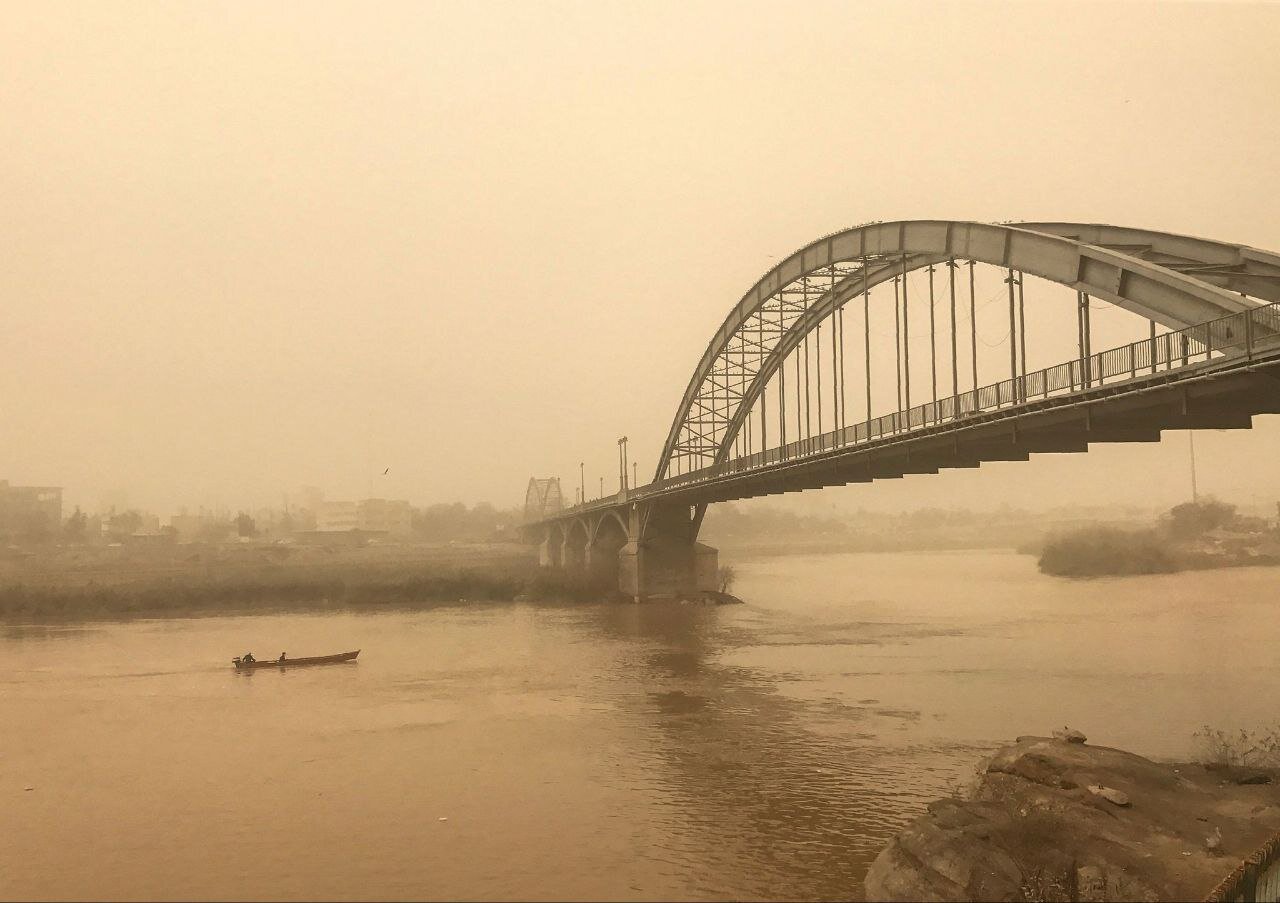Iran, Iraq to choose pilot regions to mitigate SDSs

TEHRAN –Following some meetings on monitoring sand and dust storms (SDSs), the two sides have decided to choose pilot regions in the two countries to determine the best strategies for combating the environmental problem.
The pilot regions in the country are located in Khuzestan province, ISNA reported.
Moreover, officials from the two countries will attend a meeting on sand and dust storms which is scheduled to be held on February 18-19 in Doha, Qatar.
The meeting will serve as a platform for senior officials to share knowledge to address the challenge by developing joint actions for dust management in the region. The countries present in the meeting will be categorized into two or more regions based on the affected areas and the intensity of the effect.
Iran prioritizes co-op with Iraq
As sand and dust storm hotspots in Iraq severely affect western and south-western regions, the administration underscores cooperating with Baghdad to address the problem.
In September 2024, Foreign Minister Abbas Araqchi in a meeting with the head of the Department of Environment (DOE), Shina Ansari, highlighted that one of the main axes of cooperation with Iraq will focus on conducting joint environmental activities as well as following up on previous agreements made in this regard, IRNA reported.
A report published by four Iranian researchers suggests that the main sources of sand and dust storms affecting Iran are emerging from Iraq, Syria, and Saudi Arabia.
Titled ‘Dust in Western Iran: the emergence of new sources in response to shrinking water bodies’, the report written by Azar Beyranvand, Ghasem Azizi, Omid Alizadeh, and Ali Darvishi Boloorani was published by Nature on September 27, 2023.
“The most influential sources affecting Western Iran are located on the shore and northwest of Lake Tharthar, Hour-al-Azim Marsh, the shore of Razzaza, Habbaniyah Lakes, and West Hammar Marsh, which contributed to 110, 79, 59, 56, and 51 dusty days, respectively.”
Indeed, the peak dust activity in Western Iran was during the period 2008–2012 in response to the substantial shrinkage of the main water bodies in Iraq.
The main sources of dust influencing Western Iran are located in northern and eastern Saudi Arabia in spring, Deir ez-Zur in Syria’s Aleppo and Raqqa in summer, and Syria’s Homs and Al-Hasakah in winter and spring.
Western Iran here refers to the western half of Iran, which encompasses northwest, west, and southwest Iran. To identify dust events in western Iran during the period 2000–2016, meteorological data from 33 synoptic stations were obtained from the Meteorological Organization of Iran.
About 1133.5 km2 of regions in West Asia with permanent surface water in 1984 completely dried up in 2015 and acted as potential sources of dust.
Decreased precipitation in West Asia from autumn 2007 to 2012 and the occurrence of severe droughts have also contributed to the shrinkage of lakes and wetlands, as well as the reduced agricultural productivity in West Asia, all of which contributed to the intensification of dust activity in Western Iran in recent decades.
According to the results, the main sources of dust that influence Western Iran are located in Iraq. Decreases in the surface water of lakes in Iraq have led to the emergence of some new sources of dust, which contributed to a substantial increase in dust activity in western Iran in recent years.
MT/MG
